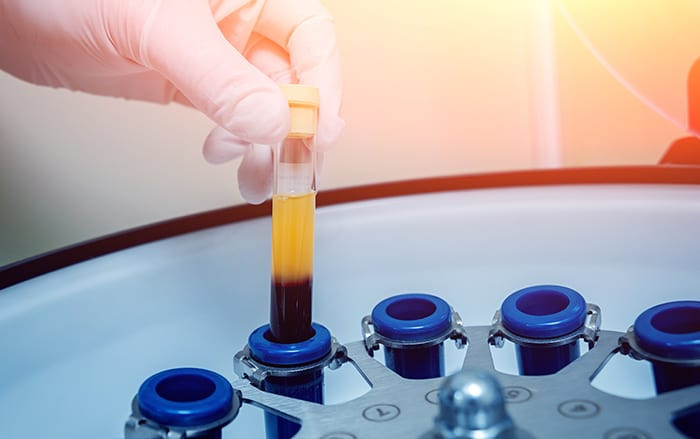PRP is an acronym for platelet-rich plasma. This type of treatment involves injecting patients with platelets from their own blood. The blood is extracted through a process to gain the highly concentrated platelet substance. Doctors currently use two main groups of platelets: one group which has a concentration of around 5-10 times the normal amount found in the blood, and another which has a concentration of around 2-3 times the usual amount.
The aim of this treatment is to utilize platelet plasma that has undergone a process to increase its platelet concentration. Those platelets contain secretions which stimulate the body’s repair of any injured muscles while also supporting the surrounding tissue’s recovery. This makes it suitable for medical treatment.
Doctors realized the effectiveness of this application of platelets after observing the body responds to flesh wounds or broken blood vessels. What was especially observed was that the platelets form blockages to stem any blood loss. After that, those platelets stimulate white blood cells or other cells into making tissue repairs at the injury or tear site.
Orthopedic treatments for injuries also rely on this key principle, and is most suited in treating tendons or muscle injuries. In these cases, doctors inject PRP into the injured area, such as a torn muscle, to repair that muscle.

